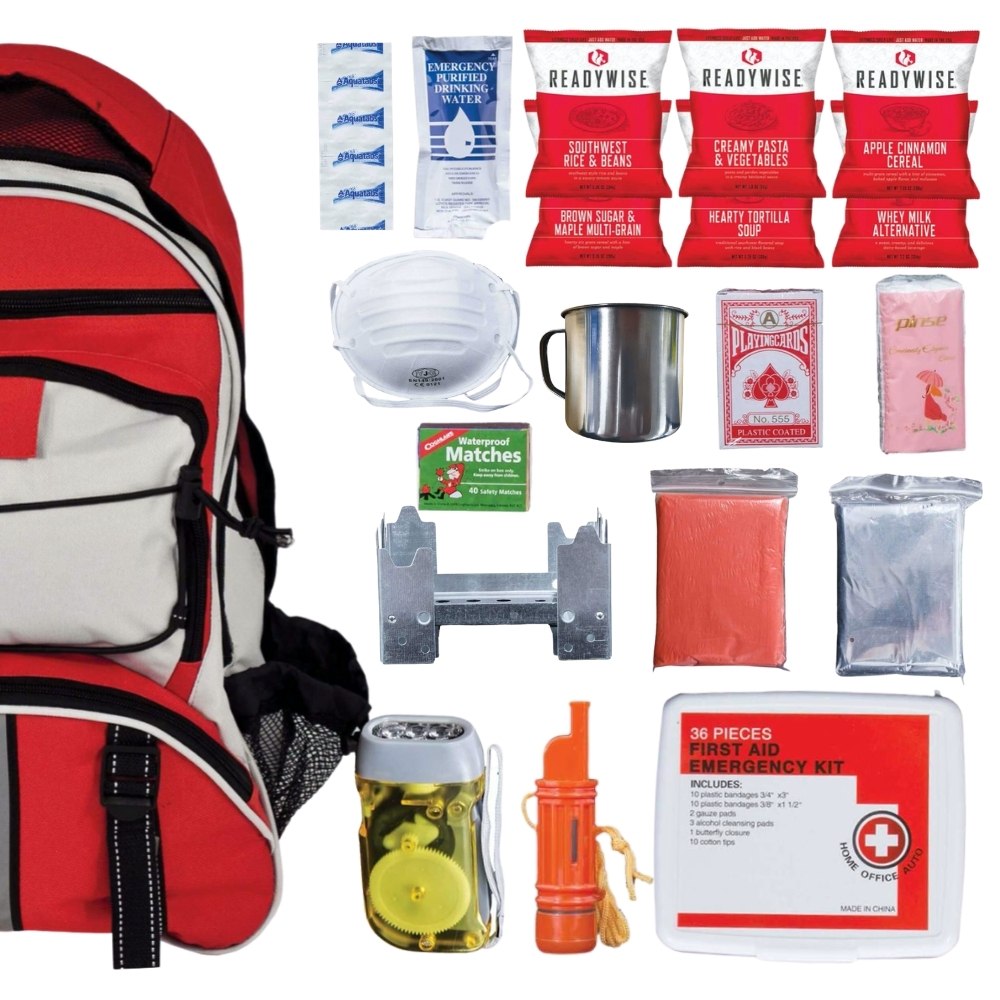How to Create a Comprehensive Emergency Situation Preparedness Strategy
In the world of readiness, developing a detailed emergency situation plan is not just a task to mark off a list; it is a crucial cornerstone of any type of company or person's durability approach. From natural disasters to unanticipated dilemmas, the ability to expect, reduce, and respond efficiently can suggest the distinction in between chaos and control. By carefully crafting a strategy that resolves numerous facets of emergency administration, including threat evaluation, interaction procedures, resource allowance, and calculated decision-making, one can lay a strong foundation for safeguarding possessions, lives, and procedures. The real efficacy of such a strategy exists not only in its production but additionally in its recurring maintenance and adjustment to progressing challenges and risks.
Significance of Emergency Situation Preparedness
Emergency preparedness is critical for alleviating possible dangers and making sure the safety and security of communities and people. In today's world, where all-natural disasters, public health and wellness dilemmas, and various other emergencies can strike without warning, being prepared can make a significant distinction in decreasing the impact of these events. By having a well-balanced emergency situation preparedness plan in area, organizations and individuals can respond successfully, shield lives, and decrease building damage.
One of the main reasons that emergency readiness is essential is its function in conserving lives. Having a strategy that outlines clear procedures for emergency, interaction, and discharge feedback can aid individuals act swiftly and emphatically when emergency situations occur (you can check here). This can prevent injuries and casualties by guaranteeing that people recognize what steps to take to stay secure
Additionally, emergency readiness enhances the durability of areas. By cultivating a society of preparedness and preparation for different circumstances, communities can recuperate quicker from calamities and disruptions. This strength is essential for preserving security, continuity of operations, and overall health in the face of hardship.
Assessing Prospective Dangers
Taking into consideration the significance of being gotten ready for unanticipated occasions, the initial action in establishing an efficient emergency situation readiness strategy involves completely reviewing and evaluating prospective risks. This analysis requires a comprehensive evaluation of all feasible hazards that can affect the organization, considering variables such as place, market, and historical data on events. By identifying these threats, organizations can prioritize their readiness efforts and designate resources successfully to mitigate the most considerable risks.
Typical dangers that organizations may face include natural disasters like floodings, typhoons, or quakes, technical dangers such as power blackouts or data breaches, in addition to human-caused dangers like accidents or intentional acts of physical violence. Carrying out a threat assessment likewise involves thinking about the potential influence of these events on the company's procedures, staff members, clients, and reputation. By carrying out a thorough danger assessment, organizations can create customized emergency feedback plans that resolve their certain vulnerabilities and make sure effective readiness for any possible situation.
Producing a Communication Strategy
Developing a extensive and clear interaction plan is necessary for effective emergency situation preparedness within organizations. In times of situation, communication plays a critical role in making certain the safety and health of employees, stakeholders, and the community. A well-thought-out communication plan should describe clear lines of interaction, mark vital personnel in charge of interaction jobs, and develop procedures for disseminating information swiftly and properly.
One key aspect of developing a communication plan is determining key and alternating communication networks (EMERGENCY PREPAREDNESS). These can consist of e-mail, message messaging, phone trees, social media systems, and public address systems. It is essential to make sure that these networks are dependable, obtainable, and routinely tested to guarantee their effectiveness throughout emergency situations

Structure an Emergency Situation Set
Provided the essential value of preparedness in times of crisis, a key part that organizations have to address is the facility of an emergency situation kit. When putting together an emergency situation kit, it is crucial to consider the details requirements and conditions of the organization. In addition, companies should include important documents, such as get in touch with checklists, insurance information, and emergency situation response plans, in water-proof containers within the kit.
Developing Discharge Procedures
To make certain the security and organized evacuation of workers throughout emergencies, companies have to establish reliable and clear evacuation procedures. Emptying procedures ought to include a series of possible scenarios, including fires, all-natural disasters, or other emergency situations that call for quick discharge.

Additionally, companies ought to click this site develop a system for bookkeeping for all personnel throughout an evacuation to guarantee that every person has securely exited the facilities. Interaction plays a vital role in discharge procedures, with clear instructions on just how to evacuate and when to do so. Regular evaluation and upgrading of evacuation treatments based upon feedback and changing scenarios are vital to preserving the performance of the strategy.
Verdict
To conclude, creating an extensive emergency situation preparedness plan is important for ensuring the safety and well-being of individuals in the event of a disaster (EMERGENCY PREPAREDNESS). By evaluating prospective dangers, developing a communication strategy, constructing an emergency situation set, and developing emptying people, procedures and organizations can be better furnished to respond efficiently to emergency situations. It is very important to focus on readiness initiatives to mitigate the impact of disasters and protect lives and residential property
In the realm of readiness, developing a comprehensive emergency situation strategy is not just a job to check off a checklist; it is an important cornerstone of any company or individual's resilience strategy. When emergency situations take place, having a plan that lays out clear treatments for discharge, emergency, and interaction reaction can help individuals act promptly and emphatically. visit the website. By performing a complete risk assessment, organizations can develop customized emergency situation response plans that address their particular susceptabilities and make certain reliable readiness for any type of possible situation
Creating a clear and comprehensive communication plan is necessary for reliable emergency situation preparedness within organizations. By examining prospective dangers, creating a communication plan, building an emergency situation package, and establishing emptying treatments, individuals and organizations can be much better equipped to react properly to emergency situations.